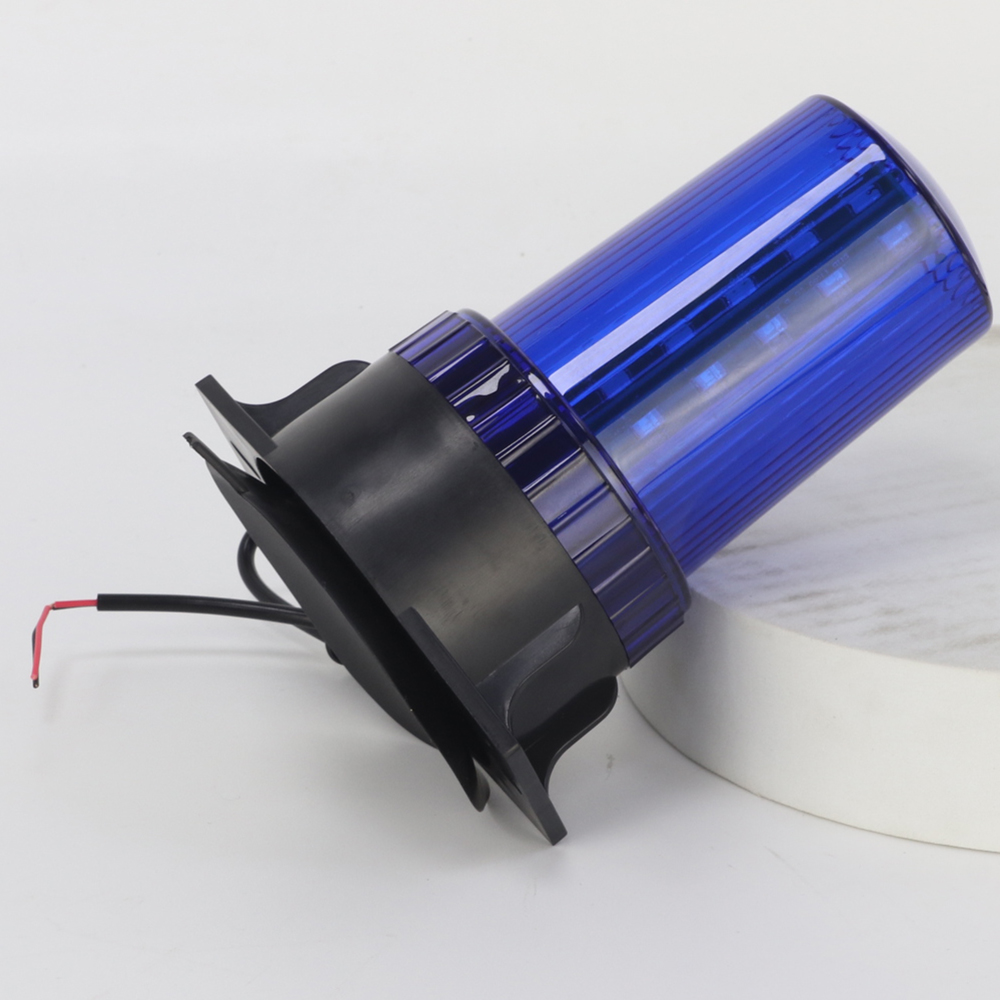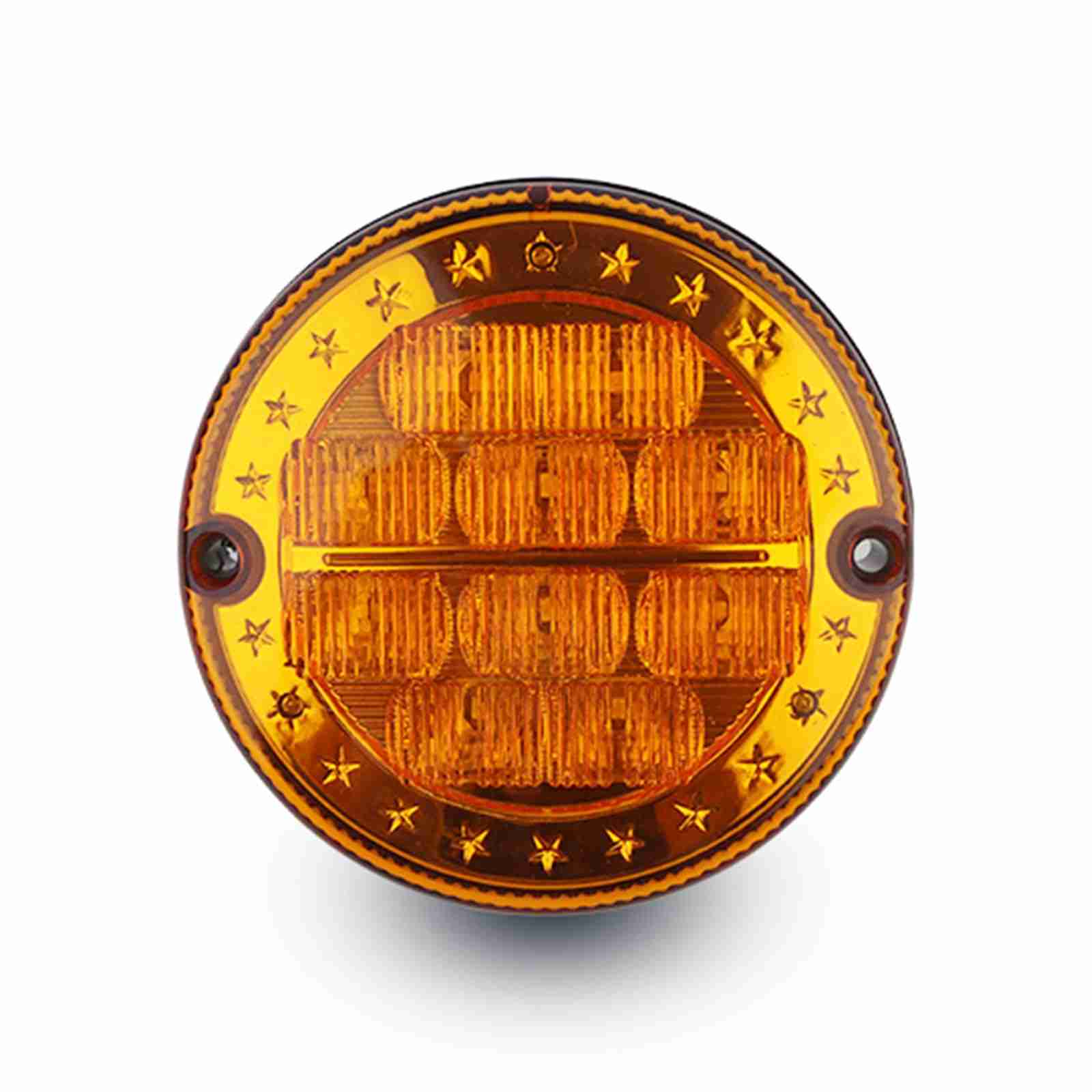Register an account | Forget the password
Become our member and enjoy discounts on purchases in this mall
LED car lights refer to lamps that use LED technology for external and internal lighting in both the light sources inside and outside the car. External lighting equipment is about thermal limits and EMC. Use LED car lights to create an in-car environment with a lifespan of 50,000 hours. The structure of LED is sturdy and not easily affected by vibration, and the light output brightness will not decrease significantly during use.
LED car lights are suitable for various lighting applications in automotive electronics, including headlights (high beam and low beam), fog lights, tail lights, brake lights, turn signals, daytime running lights, pedal lights, instrument lights, license plate lights, door lights, interior lights, width lights, navigation, entertainment systems, backlights and indicator lights. Compared with traditional light sources, LED light sources have large differences in physical size, luminous flux, spectrum, and spatial distribution of light intensity. Therefore, LED detection cannot replicate the standards and methods of traditional light source detection.

Detection of optical parameters of LED lamps
1. Luminous intensity detection
Light intensity is the strength of light, which is the amount of radiated light within a certain angle range. Since LED light is relatively concentrated, the inverse square law does not apply at close distances. Therefore, the CIE127 standard stipulates that the conditions for measuring light intensity are A (far-field conditions) and B (near-field conditions) for measuring the average normal light intensity. The detector area for both conditions is 1cm2. Generally, standard condition B is used to measure luminous intensity.
2. Luminous flux and light efficiency detection
Luminous flux is a physical quantity that measures the total amount of light emitted by a light source. It represents the sum of the light energy emitted by the light source in all directions. There are two main methods for detecting luminous flux:
Integral method: Light the standard lamp and the lamp under test in the integrating sphere in turn, and record their readings on the photoelectric converter as Es and ED respectively. The luminous flux of the standard lamp is known as Φs, then the luminous flux of the lamp under test ΦD=ED×Φs/Es. The integral method uses the principle of "point light source" and is simple to operate, but it is affected by the color temperature deviation between the standard lamp and the lamp under test, and the measurement error is large.
Spectrophotometry: This method calculates the luminous flux by measuring the spectral energy distribution of the light source \( P(\lambda) \). Use a monochromator to measure the spectral energy of the standard lamp in the wavelength range of 380nm to 780nm on an integrating sphere, and then measure the spectral energy of the lamp under test under the same conditions. By integrating these spectral energy values, the luminous flux of the lamp under test can be obtained.
Luminous efficiency is a parameter that describes the efficiency of a light source. It is defined as the ratio of the luminous flux emitted by the light source to the electrical power it consumes. For LED light sources, constant current is usually used to measure luminous efficiency to ensure the accuracy and repeatability of the measurement.


3. Spectral characteristic detection
The spectral characteristic detection of LED includes spectral power distribution, color coordinates, color temperature, color rendering index, etc. Spectral power distribution indicates that the light of the light source is composed of many different wavelengths of color radiation, and the radiation power of each wavelength is also different. This difference is arranged in order with the wavelength, which is called the spectral power distribution of the light source. It is obtained by comparing and measuring the light source using a spectrophotometer (monochromator) and a standard lamp. Color coordinates are the amount of luminous color of the light source represented digitally on a coordinate graph. There are many coordinate systems for representing color coordinate graphs, usually using X and Y coordinate systems.
Color temperature is a quantity that represents the color table (appearance color performance) of the light source seen by the human eye. When the light emitted by the light source has the same color as the light emitted by an absolute black body at a certain temperature, the temperature is the color temperature. In the field of lighting, color temperature is an important parameter to describe the optical properties of the light source. The relevant theory of color temperature originates from black body radiation, which can be obtained from the color coordinates containing the black body trajectory through the color coordinates of the light source.
4. Light intensity distribution test
The relationship between the change of light intensity and spatial angle (direction) is called pseudo light intensity distribution, and the closed curve connected by this distribution is called light intensity distribution curve. Because there are many measuring points, and each point is processed after data processing, it is generally measured by an automatic distribution photometer.
5. The influence of temperature effect on the optical properties of LED
Temperature will affect the optical properties of LED. A large number of experiments can show that temperature affects the emission spectrum and color coordinates of LED.
6. Surface brightness measurement
The brightness of a light source in a certain direction is the luminous intensity of the light source per unit projection area in that direction. Generally, a surface brightness meter and a sighting brightness meter are used to measure the surface brightness, which has two parts: the sighting light path and the measuring light path.